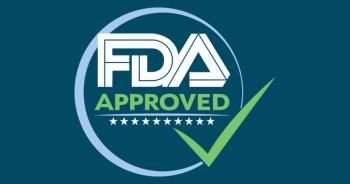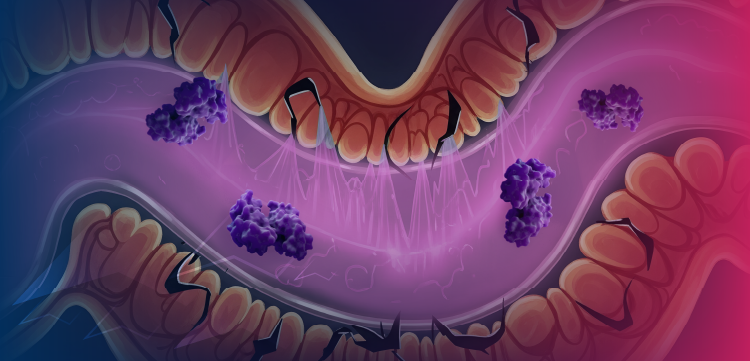
Editorial: Where's the evidence?
Evidence enlightens the art of medicine. But some hypotheses still can be tested only one child at a time.
EDITORIAL
Where's the evidence?
An elevated cholesterol level in childhood predicts a greater likelihood of coronary artery disease in adulthood.... The frequency of sudden infant death syndrome can be reduced by placing infants on their back to sleep.... These hypotheses have been tested and proved valid. The studies that provided evidence warranting broad-based changes in these areas of pediatric care have a long and interesting history (some parentseven some physiciansremain unconvinced), but we can now point to the evidence and, in regard to sleep positioning, we can already observe the benefit.
In some ways, that's the easy part of the job of the clinician who cares for children: offering advice and interventions when evidence solidly supports your efforts. Now here are the hard parts:
- Is participation in sports a good thing for every child? In which sports is it good for them to participate? And for which childtaking into consideration age, physique, sex, and temperamentis participation in sports beneficial?
- How can a physician help children whose parents are divorced or divorcing? How can you even find out if this is happening in your patient's family?
Where is the evidence that answers those questions?
Two articles in this issue of Contemporary Pediatrics (one on the cholesterol level in children, the other on sudden infant death syndrome) provide guidance for implementing changes that are certainly within the province of the medical care provider. Two others (on kids in sports and on the impact of parents' divorce on children) examine subjects for which evidence derives mainly from the experience, wisdom, and judgment of parents and the physician. In some cases, we have data about risk and benefit, but the right decision can be reached only by knowing the strengths and vulnerabilities of a particular child and family.
Oftenincreasingly, in factevidence enlightens the art of medicine. But some hypotheses still can be tested only one child at a time.
Julia A. McMillan, MD, Editor-in-Chief of Contemporary Pediatrics, is Professor of Pediatrics, Vice Chair for Pediatric Education, and Director of the Residency Training Program, Johns Hopkins University Medical School, Baltimore.
Julia McMillan. Editorial: Where's the evidence?. Contemporary Pediatrics 2001;0:9.
Newsletter
Access practical, evidence-based guidance to support better care for our youngest patients. Join our email list for the latest clinical updates.








